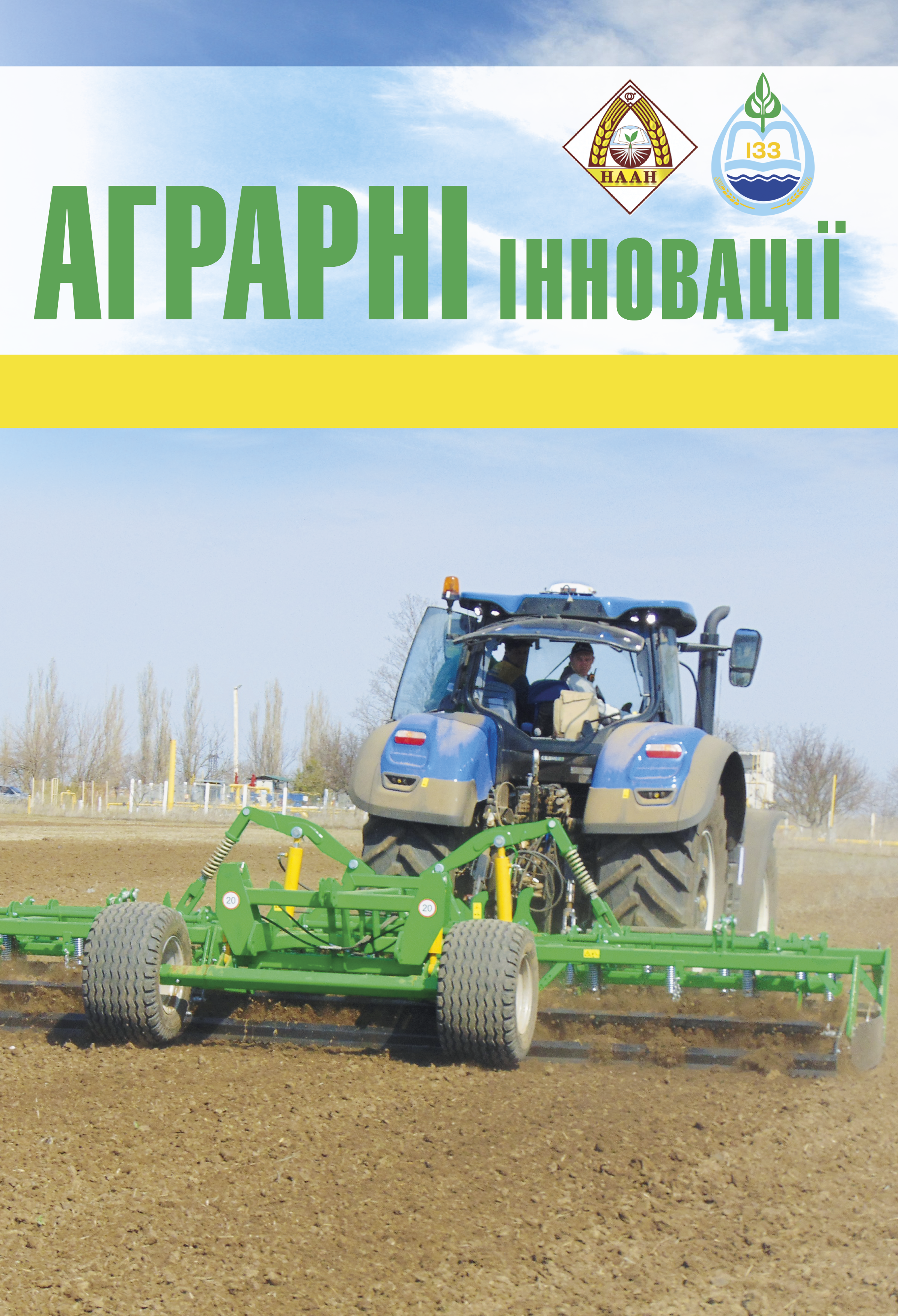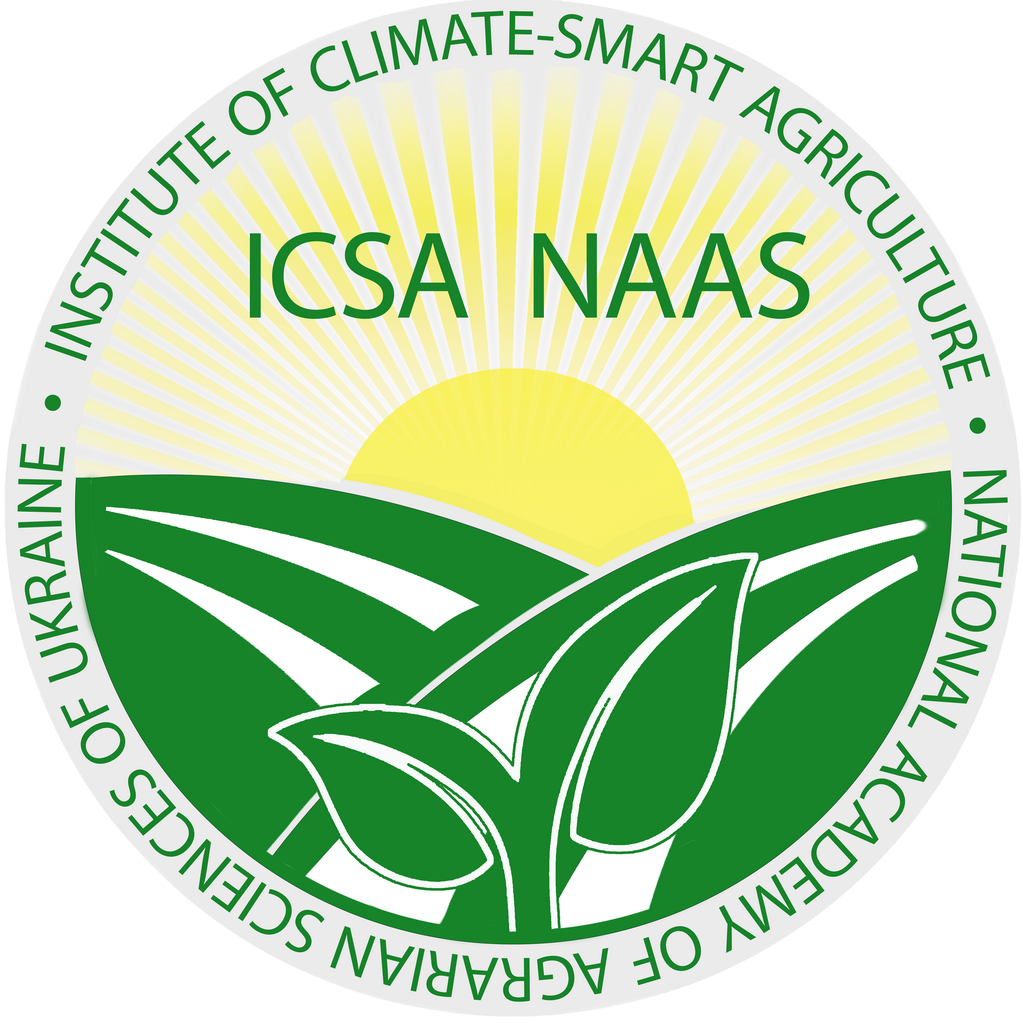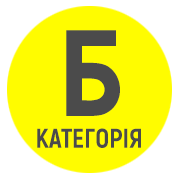The influence of irrigation on the species composition of phytophaguos insects on the grain crop agrobiocenoses in the Central Forest-Steppe of Ukraine
Abstract
The aim of the article is to determine the species composition,population density of phytophagous insects,their development and harmfulness features on graincrops under irrigation conditions, in particular sprinkling.Methods. Trials were conducted on winter wheat andspring barley crops in 2020–2024 in conditions of CentralForest Steppe of Ukraine. Size of the experimental plots inthe field experiments was 50 m2 (10.4x4.8 m) at the 4 timesreplication. Allocation of plots was randomized. During thevegetation period, phenological observations and scoresof the phytophagous population density were carried out.The results. Representatives of the Diptera were the dominantspecies in spring barley crops, their share reached58%. The subdominant species included Homoptera(15%) and Hemiptera (11 %). The species compositionof winter wheat pests was presented by a smaller shareof insect species of the Diptera (38%), that dominated.Share of phytophagous insects of the Homoptera in theentomocomplex structure reached 24%, Thysanopteraand Coleoptera – 11% and 8%, respectively. During theflowering period of spring barley, the average number ofphytophagous insects under irrigated conditions exceededby 1.9 times the corresponding indicator of non-irrigatedcrops, and during the heading period – by 4.4 times. Thepopulation density of pests during the flowering phase ofwinter wheat under irrigated conditions exceeded by 1.7times the corresponding indicator of non-irrigated crops,and during the heading period – by 3.3 times. In the differentperiods of plant development a species compositionstructure of phytophagous was formed by migrated insectsfrom other biotopes, by insects wintered in the agrocenoses fields, by polyvoltine species, most of their life cycle takesplace in the same cenoses. By trophic specialization thepolyphagous and oligophagous insects were dominated.By life forms the pests belonging to hortobionts and geobiontswere prevailed. Analysis of the total dynamics ofthe number of phytophagous insects and observationsof plant phenology made it possible to identify a complexof harmful insect species accompanying certain stages oforganogenesis of grain crops. Conclusions. The structureof the entomological complex of grain crop agrocenoseswas studied, phytophagous insects and their dominancewere determined in the conditions of the Central Forest-Steppe of Ukraine in 2020-2024. In particular, 42 speciesof harmful insects from 18 families were identified. TheDiptera were represented by 7 species from 4 familiesand were dominated in the species structure of pests.Their share was 38-58% of the total number of identifiedspecies. The most common and harmful species fromthis order was the frit fly (Oscinella frit L.). Phytophagousinsects from the Hemiptera were represented by 7 speciesfrom 3 families and accounted for 11–13% in thestructure of the harmful entomological complex of graincrops. The most typical representatives of this order werethe sunn pest (Eurygaster integriceps Put.), tortoise bug(Eurygaster maura L.) and Southern broad-bellied bug(Eurygaster austriaca Schrank). Share of the Homopteraspecies in the structure of the phytophagous insectscomplex was 15–24%, that belonged to 6 species from2 families. Dominant species among them were the springgreen aphid (Schizaphis graminum Rond.) from the familyAphididae and the striped leafhopper (Psammotettix striatusL.) from the family Cicadellidae. Representatives ofthe Coleoptera accounted for 5–8% of the total number,and Lepidoptera – 2–3%. Phytophagous insects from theThysanoptera, Hymenoptera and Orthoptera were representedby only 1 species., The number of pests on winterwheat and spring barley crops under irrigated conditionsduring the flowering period exceeded by 1.7–1.9 times thecorresponding indicator of non-irrigated crops, and duringthe heading period – by 3.3–4.4 times, respectively.Therefore, the cultivation of grain crops under irrigatedconditions requires more careful attention and monitoringof the number of phytophagous insects for timely planningand implementation of protection measures.
References
2. Трибель С.О., Ретьман С.В., Борзих О.І., Стригун О.О. Стратегічні культури. К.: Фенікс. Колобіг, 2012. 367 с.
3. Петренкова В., Ниска І. Основні шкідники колоса на зернових. Журнал «Пропозиція». 2018. № 6. https://propozitsiya.com/ua/osnovni-shkidniki-kolosa-nazernovih
4. Melnichuk F., Melnichuk L., Alekseeva S., Retman S., Hordiienkо O. Neonicotinoids against sucking pests on winter wheat stands in the Forest-Steppe Zone of Ukraine. Annals of agrarian science. 2019. 17(2). P. 175–179.
5. Сахненко В.В., Сахненко Д.В. Оптимізація сучасних заходів захисту пшениці озимої від шкідників в Лісостепу України. Науковий вісник ЛНУВМБ імені С.З. Ґжицького, 2018. T. 20. № 89. C. 17–21. https://journals.indexcopernicus.com/api/file/viewByFileId/416433.pdf
6. Федоренко В.П. Стратегія і тактика захисту рослин. Том 2. Тактика. К.: Альфа–Стевія, 2015. 792 с.
7. Шахова Н. М., Залевська М. П. Фітофаги на озимій пшениці та роль агротехнічних заходів у регулюванні їх чисельності. Наукові праці Чорноморського державного університету імені Петра Могили комплексу «Києво–Могилянська академія». Серія : Екологія. 2012. Т. 206. Вип. 194. С. 92–95. https://lib.chmnu.edu.ua/pdf/naukpraci/ecology/2012/206-194-17.pdf
8. Новосельська Т.Г. Шкодочинність основних фітофагів озимої пшениці в Лісостеповій зоні України. Інтегрований захист на початку ХХI сторіччя: матеріали міжнародної науково-практичної конференції. К., 2004. С. 216–222.
9. Melnichuk, F., Alekseeva, S., Hordiienko, O., Nychyporuk, O., Borysenko, A. Influence of irrigation on the Sunn pest Eurygaster integriceps Put. (Insecta: Heteroptera) in the Central Forest-Steppe of Ukraine. Ecological Questions. 2023. 34(2). 101–107. https://apcz.umk.pl/EQ/article/view/39157/35026.
10. Стригун О.О., Трибель С.О., Гончаренко О.М., Судденко Ю.М. Взаємовідносини між рослинами пшениці в різні етапи органогенезу і фітофагами, їх шкідливість. Захист і карантин рослин. 2016. Вип. 62. С. 246–259.
11. Halder, J., Srivastava, K., Rai, A. Irrigation, a potential tool for insect pest management in horticultural crops – a review. Current Horticulture. 2023. 11. 3–7. http://dx.doi.org/10.5958/2455-7560.2023.00001.8.
12. Мостовʼяк І.І., Дем’янюк О.С., Лісовий М.М. Екологічна структура шкідливого ентомокомплексу агроценозів зернових злакових культур Центрального Лісостепу України. Агроекологічний журнал. 2020. № 2. C. 31–39. https://doi.org/10.33730/2077-4893.2.2020.207678
13. Perfect T.J., Thresh J.M., Evans L.T. and Tanton T.W. Irrigation as a Factor Influencing the Management of Agricultural Pests [and Discussion]. Philosophical Transactions of the Royal Society of London. Series A, Scientific Aspects of Irrigation Schemes (Feb. 13, 1986), Mathematical and Physical Sciences. Vol. 316, No. 1537, pp. 347–354 https://www.jstor.org/stable/37511
14. Aldryhim Y., Al-Bukiri S. 2003. Effect of irrigation on within-grove distribution of red palm weevil Rhynchophorous ferrugineus. Journal of Agricultural and Marine Sciences. 8(1). P. 47–49. https://doi.org/10.24200/jams.vol8iss1pp47-4
15. Борзих О.І., Чайка В.М., Федоренко А.В., Борисенко В.І., Неверовська Т.М., Власенко І.С., Міняйло Н.В. Стан шкідливого ентомокомплексу в посівах пшениці озимої в Україні за умов зміни клімату. Карантин і захист рослин. 2022. № 4(271). С. 10–14. https://doi.org/10.36495/2312-0614.2022.4.10-14
16. Чайка В. М. Динаміка чисельності шкідників пшениці озимої Лісостепу України в умовах змін клімату. Захист і карантин рослин. 2014. Вип. 60. С. 444–451 https://journals.indexcopernicus.com/api/file/viewByFileId/69306.pdf
17. Стригун О. О., Судденко Ю. М. Видовий склад шкідливої ентомофауни агробіоценозу пшениці озимої в Правобережному Лісостепу України. Вісник Полтавської державної аграрної академії. 2016. № 3. С. 15–18. https://www.pdau.edu.ua/sites/default/files/visnyk/2016/03/5.pdf
18. Омелюта В.П. Облік шкідників і хвороб сільсько-господарських культур. К.: Урожай. 1986. 294 с.
19. Методики випробування і застосування пестицидів / Трибель С.О., Сігарьова Д.Д., Секун М.П., Іващенко О.О. та ін. К.: Світ, 2001. 448 с.
20. Станкевич С.В., Забродіна І.В. Моніторинг шкідників сільськогосподарських культур: навчальний посібник. Харківського національного аграрного університету ім. В.В. Докучаєва. Х.: ФОП Бровін О.В., 2016. 216 с.






